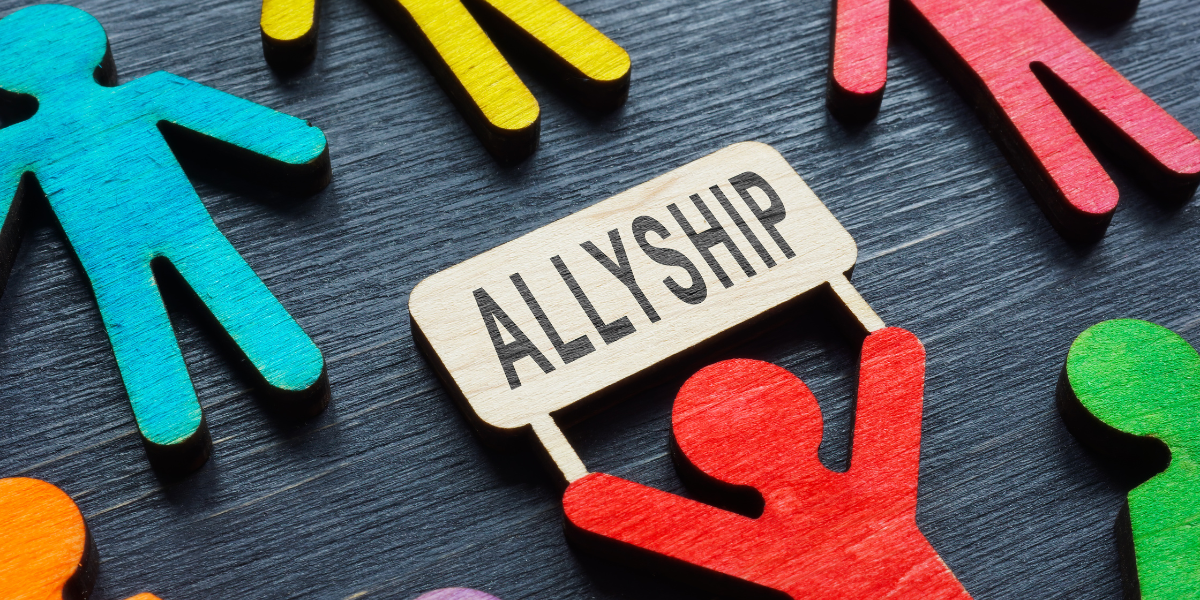What does good allyship look like?

What does good allyship look like in your organisation?
This week I was asked how a companies Top 100 Leaders can improve the mental health & wellbeing of their organisation through good allyship.
Here was my response;
‘Good allyship means turning the spotlight away from oneself and supporting marginalised groups to lead and create change’
Good allyship in organisations always involves creating a diverse and inclusive work culture where everyone feels safe, respected, and valued.
Effective allyship involves educating oneself on issues related to diversity, equity, and inclusion, acknowledging biases and privilege, building relationships based on trust, and taking action to support marginalised groups.
It also involves actively promoting inclusion through intentional efforts such as using inclusive language, sponsoring programmes to increase diversity, calling out inappropriate behaviours, and involving all employees in diversity and inclusion efforts.
Such efforts will help create a happier, healthier workplace for everyone, leading to improved performance and employee retention.
8 Stage Checklist to Assess Privilege
Self-assess your privilege by examining the social, cultural, and economic advantages that come with being privileged:
- Reflect on your upbringing and education. Were you taught about your own culture and history, or were other cultures and histories emphasised more?
- Consider your daily experiences. Do you feel safe and comfortable in most spaces, or do you feel targeted or excluded because of your race?
- Examine your social circles. Do you primarily interact with people who look like you, or do you have diverse friendships and relationships?
- Evaluate your economic status. Have you experienced financial hardship or discrimination because of your race, or have you had access to opportunities and resources that others may not have had?
- Consider how your race intersects with other aspects of your identity, such as gender, sexual orientation, and ability
- Reflect on your reactions to conversations about race and privilege. Do you feel defensive or uncomfortable, or do you listen and try to learn?
- Reflect on at least 1-2 actions you have taken to learn about the experiences of marginalised groups and how they are impacted by systemic racism and oppression
- To use your privilege to support marginalised communities which actions could you take this week
- Donate to an organisation that supports a marginalised group,
- Speak out against racism and discrimination you witness
- Actively create an inclusive space in your workplace or community
- Have a conversation about your privilege & ask how you can help
Allyship is good for everyone, not just diverse hires! Remember that self-assessment is just the first step, and that true allyship involves taking action to dismantle systemic oppression and support marginalised communities.
